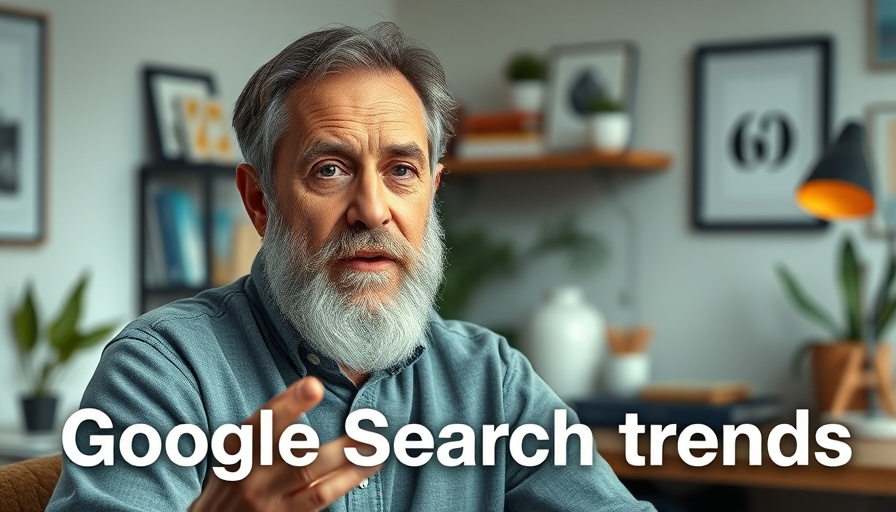
Google's Search Ranking Volatility: A New Era?
As we dive into this week’s updates, we notice an intriguing trend in the landscape of Google search. Recent reports indicate that the volatility of Google's search rankings has significantly calmed down after a tumultuous period. This shift may suggest that search engine optimization (SEO) strategies need to adapt more than ever, presenting opportunities for small businesses and marketers to refine their approaches.
Expanding AI Mode: What It Means for Businesses
In exciting news, Google has expanded its AI Mode to 180 countries. This enhancement not only includes more personalized agentic experiences but also features sharable links. For small business owners and marketers, harnessing these new features could mean developing content that resonates on a deeper level with consumers.
ChatGPT's Declining Referral Traffic: Is the AI Bubble Bursting?
Interestingly, a recent report has unveiled that OpenAI's ChatGPT is sending 52% less referral traffic to websites. As marketers, this presents a conundrum: how do we pivot strategies that have previously relied on AI-generated content? With a new tool now tracking referral traffic from ChatGPT versus Google, insights on audience engagement are more critical than ever. The challenge lies in understanding whether AI can regain its previous standing in influencing traffic.
Enhancing Analytics: Chrome's UX Report vs. Core Web Vitals
Google has clarified some confusion surrounding their Chrome UX Report and Core Web Vitals report within Search Console. For savvy marketers, understanding these differences can not only enhance user experience but also improve SEO performance. Navigating these requirements could give businesses a needed edge in retaining and engaging users.
Leveraging Share Icons in Search Results
Additionally, Google is rolling out new share icons in their search results. These features are poised to augment social engagement significantly. How can agencies leverage these opportunities to boost brand visibility? By creating compelling content that incites sharing, small businesses can tap into a broader audience increasingly reliant on social proof.
Full Placement Reporting in Google Ads: A Game Changer
The full placement reporting feature in Google Ads Search Partner Network marks a significant shift for digital marketers. This means more transparency and tracking capabilities, allowing precise analysis on where ad placements are driving traffic. For small business owners, understanding these nuances can refine marketing budgets and campaign effectiveness, ensuring each dollar spent yields maximum return on investment.
Adapting to New Trends in Google Ads
As language targeting in Google Ads begins to shift under AI's management, marketers must adapt to these changes by considering more versatile and inclusive approaches to audience targeting. Additionally, the ongoing roll-out of Google’s Asset Studio in beta encourages agencies to rethink how they present creative content, moving toward a more dynamic ad creation process.
What to Expect with the Merchant API Transition
With the Google Merchant API now replacing the Content API for Shopping, small business owners need to prepare for a more streamlined shopping experience. Embracing this change could potentially enhance customer interactions and conversions on e-commerce platforms.
Preparing for Google's Trends API
Lastly, while Google is beginning to accept applications for the Google Trends API, SEOs may feel a little left waiting at the gate. Without immediate access, evolving strategies around trend tracking while waiting for this tool to be deployed becomes essential.
As we navigate through these developments, it's evident that leveraging AI continues to be a critical component of digital marketing strategies. By staying informed and adaptable, marketers can ensure they remain at the forefront of this rapidly changing landscape.
 Add Row
Add Row  Add
Add 




Write A Comment